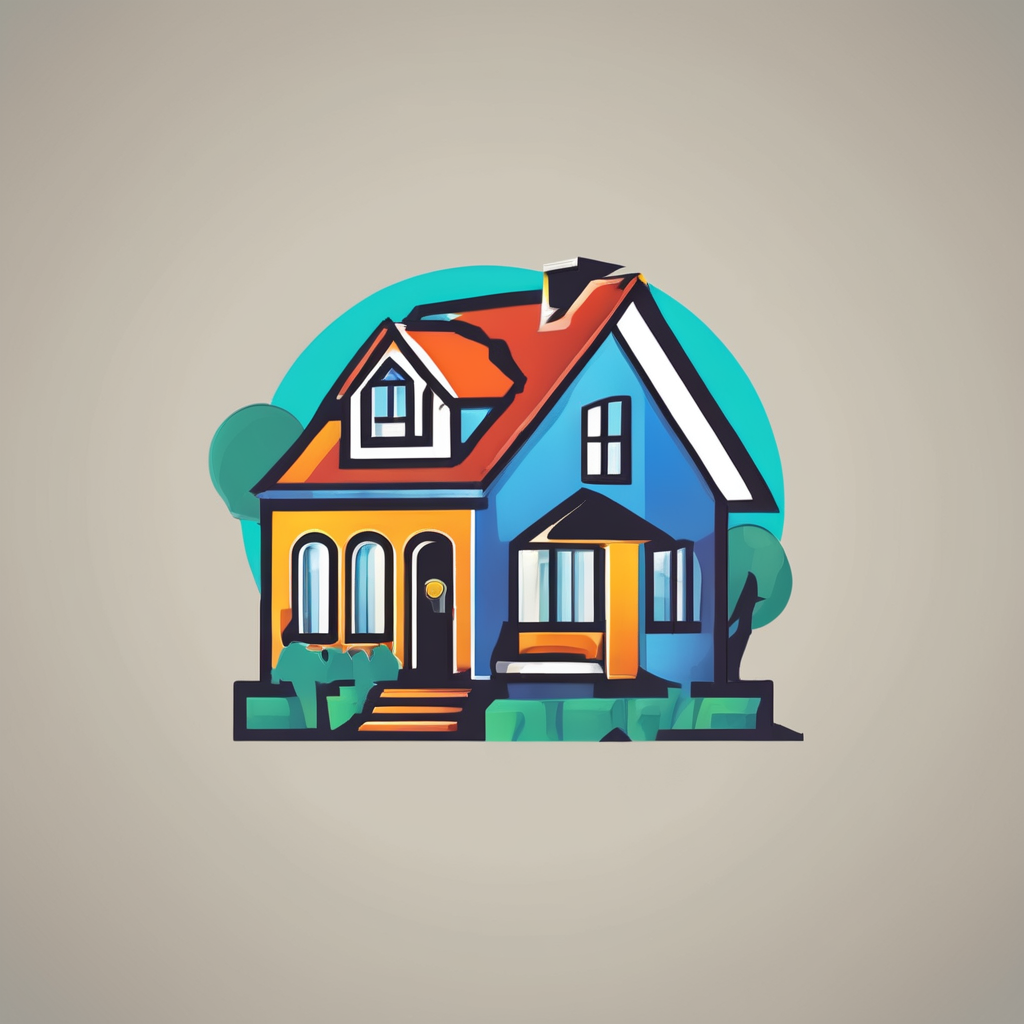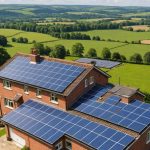Current Retirement Property Market Dynamics
The retirement property market in the UK is evolving, influenced by both property trends and shifting housing demand. Seniors looking for housing options now have diverse choices, with offerings designed to cater to various lifestyles and needs. While some retirees seek traditional homes within community settings, others prefer modern developments with integrated healthcare and leisure facilities.
Price trends are a significant factor for retirees considering property investment. Rising costs of retirement-specific properties have spotlighted affordability issues, with many seniors assessing their financial capability to purchase or rent these tailored homes. This economic pressure impacts not just the individuals, but the market structure itself.
Topic to read : How proximity to healthcare facilities impacts london property values: an in-depth exploration
Additionally, the preferences of retirees are shaping the market. Increasing demand for eco-friendly and accessible properties is noticeable, as retirees are attracted to homes that promote sustainable living and ease of navigation. Developers are responding by incorporating green technologies and barrier-free designs, aiming to meet the practical needs and preferences of this demographic.
Housing demand tailored to retirees reflects broader societal changes, providing insight into future developments and the need for adaptable living spaces amidst an aging population.
Topic to read : Real estate in la tania: your guide to ski-season properties
The Demographic Shift in the UK
Understanding the aging population in the UK is crucial for grasping current and future retirement trends. The UK, like many developed nations, is experiencing significant demographic changes with an increasing number of individuals entering retirement age. This surge is contributing to heightened housing demand, necessitating adjustments in retirement living spaces to accommodate the growing population.
As the population ages, the pressure on available housing and related services intensifies. The UK’s trend mirrors global patterns, with countries like Japan also facing similar challenges due to their aging populace. These demographic changes lead to a need for flexible solutions in housing, requiring thoughtful design and planning to meet evolving expectations.
Retirement trends across the UK signify a substantial shift toward properties that offer health and leisure amenities, sustainable living options, and adaptable features. Developers keen on capitalising on this trend must consider constructing homes that both reflect and anticipate the lifestyle preferences of the aging demographic. The key lies in balancing accessibility with modern conveniences, ensuring that these spaces not only meet functional needs but also enrich the retirees’ living experience.
Forecasting Future Trends in Retirement Properties
Future retirement trends in the property market are set to transform dramatically over the next decade. As the aging population continues to grow, housing forecasts predict an increased demand for versatile and customised housing solutions. Diverse design elements and innovative functionality will be essential to meet evolving property investment needs.
Technological integration is poised to play a significant role in enhancing the quality of retirement living experiences. Smart home technologies, encompassing energy-efficient systems and health-monitoring features, will likely be pivotal in upcoming housing forecasts. This approach not only ensures comfortable living environments but also caters to the health and safety concerns of retirees.
Environmentally conscious designs are expected to be a significant trend, driven by a desire for sustainability within future retirement trends. Green building practices and eco-friendly materials are anticipated to become standard within new developments, promoting long-term environmental responsibility.
The holistic approach to property design aims to provide an enriched lifestyle experience, combining modern technology with traditional community-focused aspects. This blend ensures that both practical and social needs are thoroughly addressed, thus transforming property investment into a valuable venture for both developers and retirees.
Lifestyle Preferences of Retirees
Understanding the retiree lifestyle is essential for addressing property needs effectively. The aging population preferences reveal a strong inclination towards housing that offers both comfort and connectivity. This demographic values living spaces that blend independence with social engagement opportunities.
Community and social engagement are crucial factors influencing retirement living choices. Many retirees seek properties within communities that facilitate social interaction, such as shared gardens, common rooms, and activity clubs. These features not only enrich day-to-day experiences but also combat isolation, which is a common concern among older adults.
Current trends in amenities and services reflect a desire for comprehensive living experiences. Retirees often favour properties that provide wellness centres, leisure facilities, and accessible healthcare services. The incorporation of such amenities is becoming a standard in new developments, aiming to enhance quality of life.
Moreover, a shift towards eco-friendly and tech-integrated homes is noticeable, as they offer sustainable and convenient living solutions. This combination of sustainable amenities and engaging community features is reshaping retirement housing, aligning it more closely with the preferences of today’s retirees.
Challenges Faced by Retirees in the Housing Market
Navigating the housing market can pose significant challenges for retirees due to accessibility and various senior living issues. Retirement challenges often stem from the need for homes that cater to reduced mobility and health concerns, which aren’t always readily available.
Health issues can majorly influence housing choices, as properties must accommodate mobility aids and provide easy access to essential spaces. Ensuring that homes are equipped with features like step-free entrances, accessible bathrooms, and emergency systems is crucial. Retirees often struggle to find properties that meet these specific needs affordably.
Local policies and support systems play a vital role in addressing these concerns. Regions that actively promote age-friendly development tend to offer better support for retirees in search of suitable housing. However, inconsistencies in policy implementation can lead to varied levels of accessibility.
Additionally, the emotional toll of transitioning to retirement housing shouldn’t be underestimated. Moving after decades in one home can be daunting, emphasising the need for supportive resources to ease this shift. Comprehensive community support systems are, therefore, essential in mitigating these housing challenges and enhancing retirees’ quality of life.
Investment Opportunities in Retirement Properties
The retirement housing market presents intriguing prospects for property investment owing to the increasing aging population. Investors are recognising potential returns on investment (ROI) as demand escalates for age-appropriate living spaces.
Key stakeholders in this market include real estate developers, healthcare providers, and community planners. Their collaboration is vital to creating successful projects that meet the shifting demands of retirees. Developers, for instance, are pivotal in crafting environments that integrate both healthcare and recreational facilities tailored to older adults.
Case studies from the UK exemplify successful retirement developments that yield significant ROI. For instance, projects incorporating eco-friendly designs and smart technologies not only appeal to the environmentally conscious retiree but also offer investors a chance to stand out in a competitive market. These innovative designs reflect broader demographic changes, acknowledging the evolving preferences of retirees for sustainable and tech-integrated homes.
Ultimately, as the UK retirement trends evolve, so too do opportunities within this sector. Investment in retirement properties is not merely financially rewarding but also significantly contributes to enhancing the quality of life for the aging demographic.











